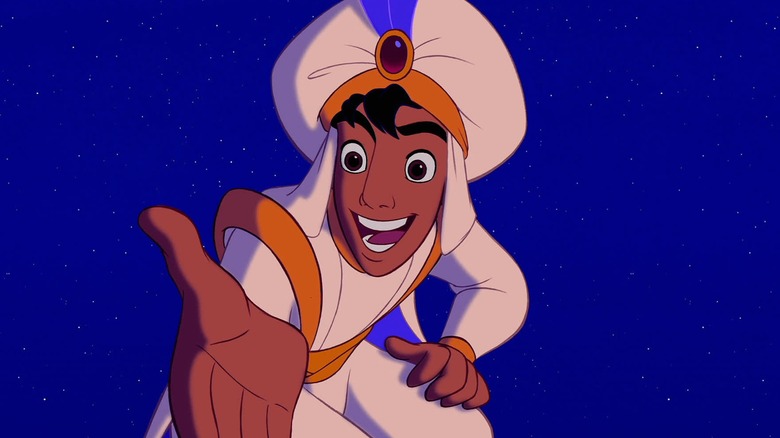Disney
Why Aladdin 2 Went Direct-to-Video and Its Impact on Disney
The enduring cultural significance of Disney’s Renaissance era and its iconic animated films is undeniable. This is evident in the ongoing wave of live-action remakes produced by Disney, where out of the 16 live-action and photorealistic reinterpretations released by Walt Disney Pictures since “Maleficent” in 2014, five have been based on Renaissance titles. Notably, three of the highest-grossing remakes to date are “The Lion King,” “Beauty and the Beast,” and “Aladdin,” all originating from this era.
“Aladdin,” in particular, showcases the lasting impact of these films over the past three decades. Despite not achieving the historic box office success of “The Lion King” or garnering critical acclaim like “Beauty and the Beast,” the 2019 “Aladdin” remake still managed to generate over $1 billion worldwide. This underscores the special place “Aladdin” holds in the hearts of audiences.
What’s noteworthy is that “Aladdin” holds a unique position as the first Disney Renaissance film to receive a sequel, and it was even the first to have a third installment. While the sequel, “The Return of Jafar,” initially went directly to home video instead of theaters, it marked a pivotal moment in Disney’s history, reshaping the studio’s production approach and cultural standing.
Disney’s historical resistance to sequels was well-known, with Walt Disney himself preferring to create new stories rather than revisit past successes. This philosophy extended to both feature films and short films. It was only after Disney faced significant challenges in the 1980s, including a decline in animation interest and economic downturns, that the company’s leadership underwent a transformation. Michael Eisner and Frank Wells took the helm, leading Disney towards becoming a major movie studio and media empire.

To save Disney Animation, which had long been the company’s crown jewel but had fallen into neglect, Peter Schneider was appointed to oversee the animation department. Under his leadership, the longstanding “no-sequel” tradition was overturned for the first time, leading to the production of “The Rescuers Down Under” in 1990 and ultimately paving the way for “The Return of Jafar.”
“The Return of Jafar” initially began as an extension of the “Aladdin” animated series but quickly evolved into a feature-length film due to the complexity of the narrative. Although there was hesitation about releasing a direct-to-video sequel, Disney executives were impressed by the quality of the project, and it found its way into the home media market.
The success of “The Return of Jafar” opened a new avenue for Disney, leading to a plethora of direct-to-video sequels for beloved animated titles. This marked the birth of DisneyToon Studios, which became responsible for creating a wide range of sequels. These films were often cherished by the generation that grew up in the 2000s.

It wasn’t until John Lasseter assumed the role of Disney Animation’s Chief Creative Officer that the production of direct-to-video sequels ceased, as he believed they were diminishing the legacy of the original films. DisneyToon Studios shifted focus to other projects before closing its doors in 2018, almost three decades after the journey began with “The Return of Jafar.”
In retrospect, the impact of “Aladdin 2” on Disney’s history goes beyond just the film itself; it opened up new horizons for the company, marked a departure from longstanding practices, and played a significant role in shaping the Disney we know today.
We bring out some of the most well-known Disney collection, all of which are available at reasonable costs. Visit our link now if you are interested in the Disney collection


Jiminy Cricket, Bambi, Thumper, Flower, Dumbo

